Last month, I mentioned we had a calf who was struggling to get over a recurring case of scour.
Although we tried our best with him, he had always seemed like a weak calf from day one, which I suspect could have been due to inadequate colostrum, as the cow wasn’t a great milker.
Unfortunately, last Monday morning, I came across him flat out in the field with a rectal prolapse and despite getting it back in, when trying to get him standing up, his heart simply gave out.
This led to a quick retreat on my behalf, as he let out that moan we all know as the ‘death roar’ in this area, and I was immediately surrounded by every animal in the field.
Even with our quiet cattle, I was not taking any chances, as cows can react dangerously when they think one of their own is being attacked.
Not the outcome anyone would have wanted, but as it’s the first calf we’ve lost in a few years, we had been due to lose one sooner rather than later.
Lameness
It certainly was a case of the Monday blues that day, as later in the evening one of the cows was struggling to walk.
Upon closer inspection, we saw she’d somehow managed to break off the tip of one side of her foot, exposing the nerve and making it very painful for her to get around. One quick call to the hoof-care man, however, had her booked in for work the following morning.
As we had to bring all the stock in to separate her and the calf out, we decided to check out the other cows and selected two more for trimming.
We do keep an eye on their feet but if there’s none showing signs of lameness, we tend to just note which ones need work, and when we have a few to do together, outside help is called in.
DNA-testing
In recent years, we’ve been DNA-testing a percentage of our herd each year as part of various schemes, and having the cattle indoors that day was our chance to tag all the calves.
Our later calving dates usually mean we have all stock outdoors when we finally get enough calves on the ground to meet our reference number.
Due to this, we applied and were accepted into the National Genotyping Programme, which means we’ll not have to round up stock each summer to bring them in for tagging, sampling all at birth instead.
Of course, this does mean I’ve a few more to tag later this year, but with any luck I’ll be able to get them at our herd test in September. Generally, we have no issues with verifying parentage of calves, as we use AI for the most part.
However, there are occasional times when two straws are used on an animal if they don’t hold to the first or second serve, and parentage would need to be verified in those cases if I use two bulls of the same breed.
On the subject of breeding, we’ve almost finished for the year with just a couple more cows to inseminate. Similar to other farms, the wet July played havoc with being able to find cows in heat as most seemed to have very short or silent heats.



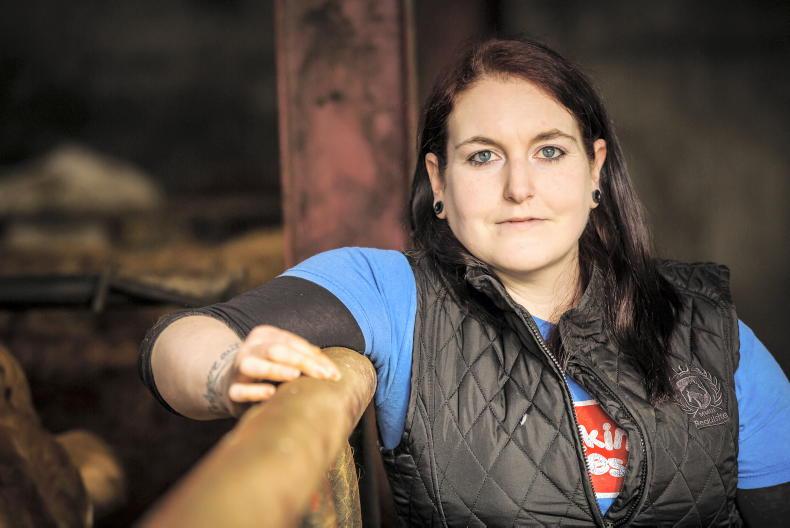

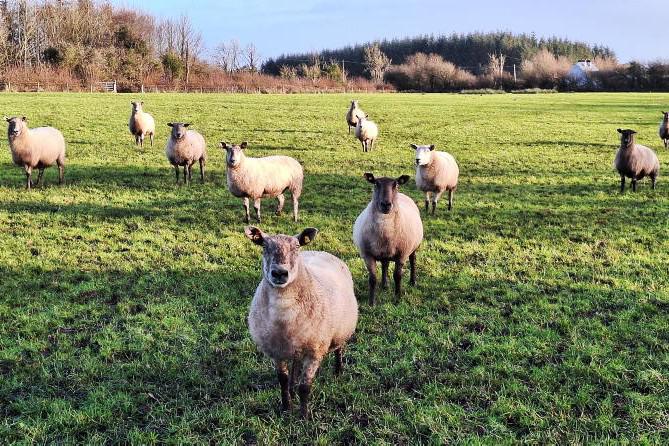

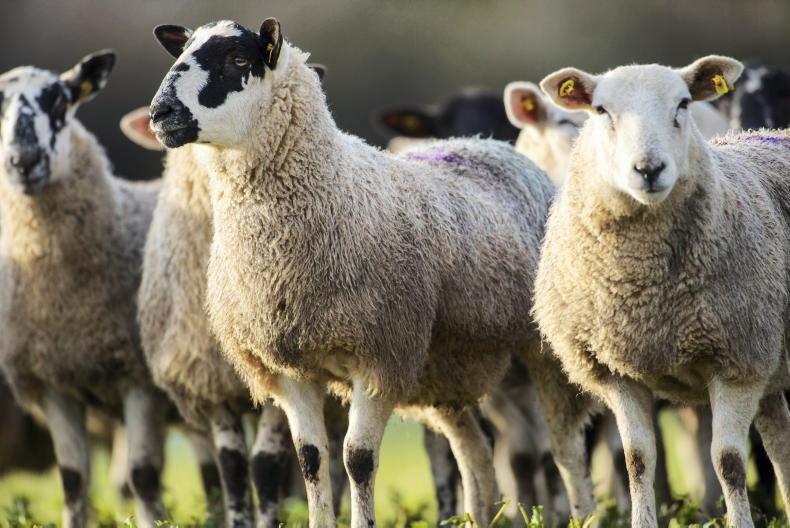
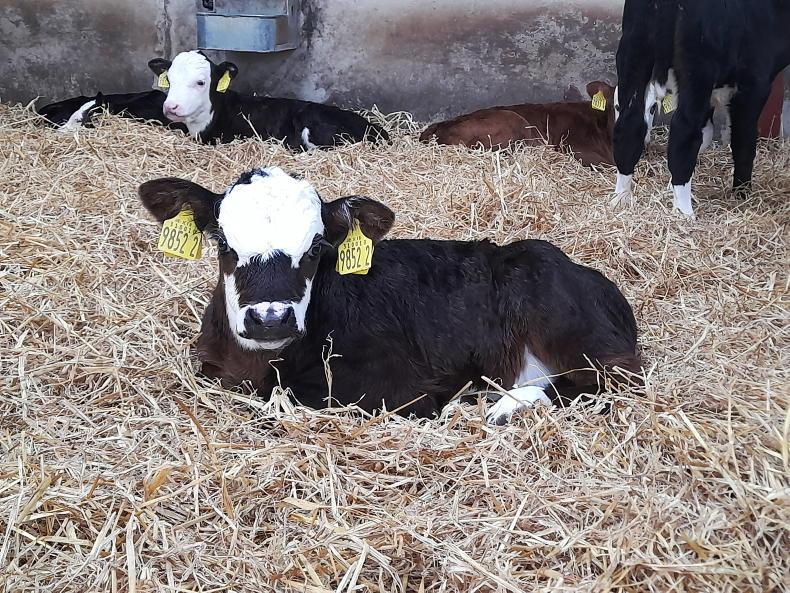
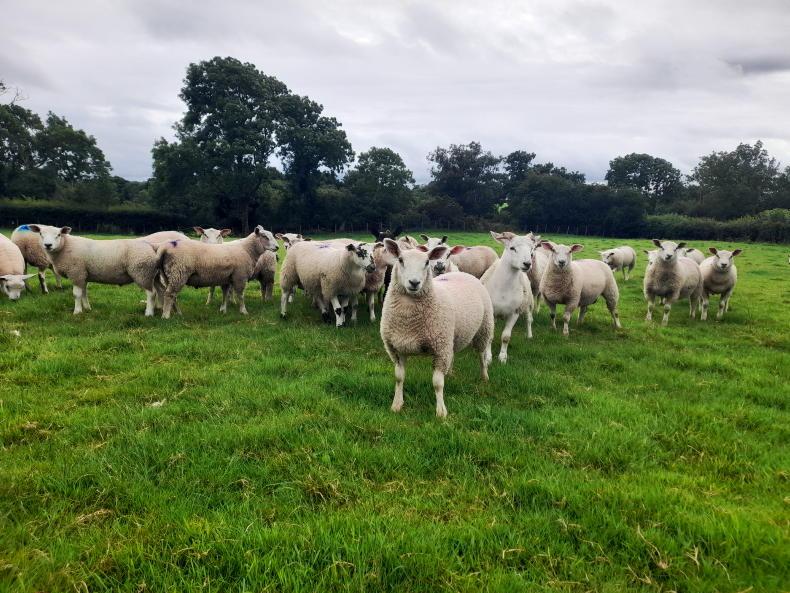
SHARING OPTIONS